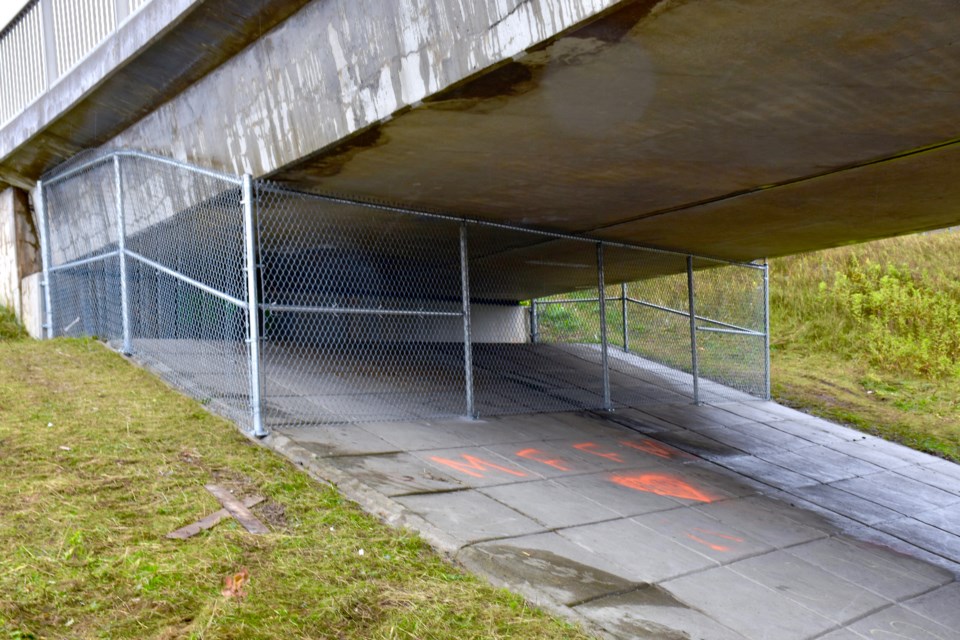The local encampment protocol falls in line with guidelines a provincial organization will be sending to Ontario municipalities, says Timmins Mayor Michelle Boileau.
Council has formally supported the city's encampment protocol for how staff manage the sites on public property.
Whether the policy meets human rights guidelines and striking a balance between supporting people living in encampments and other residents were part of the discussion at the Sept. 26 council meeting.
The city's policy follows relevant case law and also considers policy papers from the Ontario Human Rights Commission, Canadian Alliance for Ending Homelessness, and more, said Boileau. She also sits on an Association of Municipalities of Ontario (AMO) task force where draft guidelines, which will be shared with municipalities, were recently presented.
“Having read the draft and being familiar with our own local protocol, I can assure everyone that we’re very much in line with what’s being suggested by AMO’s task force as well,” she said.
The city is a leading example of following legal and moral requirements, said Coun. Lorne Feldman.
"I just want to make the point that we do need to strike the balance for all individuals, residents that are both in the encampments and also residents that are facing (the) encampments. I think that’s really important and I think the document is trying to achieve that goal because at the end of the day … no one should be in an encampment, but they can be unsafe for both those who are residents and those outside of the encampment,” he said.
The procedure is humane and provides support for people, said Coun. Bill Gvozdanovic.
“If someone thinks that we’re violating human rights, it doesn’t cost nothing to file a case against us. And if we’re wrong, we’re wrong, but I don’t think we are,” he said.
He noted that systems have failed people.
“We can be compassionate, we understand what’s going on. The City of Timmins is not to blame. But when it comes to our bylaws and our laws, and this goes to every resident of the city, we have to flex our muscle a little bit. We can be humane about it, but at the same time, our residents have rights too,” he said.
If people aren't wanting to go to Living Space, the local emergency shelter, he said the city also needs to find out why.
Here's the city's encampment protocol:
- Service Timmins creates a service ticket and case number after a possible encampment is reported by a community member, community partner or outreach team.
- The work order created by Service Timmins advises enforcement services, with a staff member going to the location within 24 to 48 hours. An effort is made to make sure the person is on the by-name list. The City of Timmins is notified when the site is no longer active.
- The City of Timmins also notifies outreach agencies of the location, though no personal details are shared. Efforts are made to connect people affected with services and outreach agencies provides relevant support within their capacity until people are no longer living at the encampment.
- The site is cleaned up after people are no longer living at the location. Enforcement services co-ordinates this with city staff, and potentially other contractors, to make sure that abandoned items are cleared and the site is clean.




